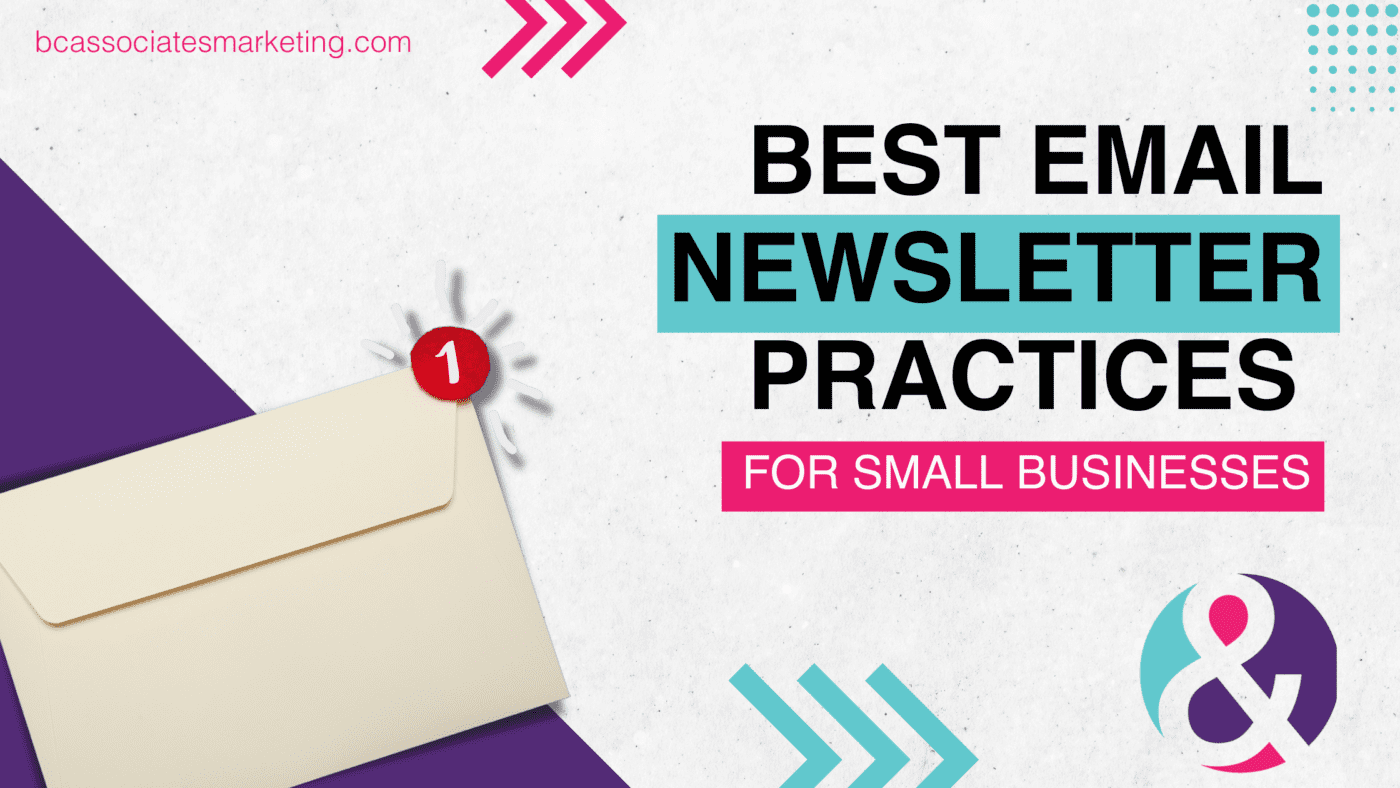Effective email marketing can differentiate success and failure in a small business. Newsletters are a great way to stay in touch with your customers and keep them engaged with your brand. How often do you think you should send them? And what are some of the best practices to ensure your emails are effective?
How Often Small Businesses Should Email Their Customers
According to Hubspot, the ideal frequency for newsletters is once a week or every other week. This ensures that you stay top-of-mind with your customers without overwhelming their inboxes. It’s also important to ensure your emails are visually appealing and easy to read. You can use a clean design and include eye-catching images to keep your readers engaged.
Regarding email marketing for retail businesses, the frequency of emails can be a delicate balance. Sending too many emails can annoy customers, while sending too few can cause them to forget about your brand. Generally, sending promotional emails no more than once a week is recommended. However, the frequency can also depend on the type of business and the customer’s preferences. Segmenting your email list and personalizing the content is important to ensure customers receive relevant and valuable information.

However, sending 2-3 emails per week can be an effective way for small businesses to cut through the clutter and reach their audience. With so much noise in the digital space, it’s essential to stay top of mind with your customers without overwhelming them with too many messages. You can build trust and engagement with your subscribers by strategically spacing out your emails and providing valuable content. It’s also important to segment your email list and personalize your messages to ensure they resonate with your target audience. A consistent and thoughtful email marketing strategy can help small businesses stand out and drive results.
Email marketing is a powerful tool to reach customers and build relationships. While some may worry about sending too many emails and annoying their audience, studies have shown that sending more than one email weekly is an effective strategy. According to a report by HubSpot, businesses that send three to four emails per week have the highest open and click-through rates. Additionally, sending multiple emails allows more opportunities to engage with customers and keep them informed about new products, promotions, and company updates. If you have something to share and say, do it! But don’t just email to email. It’s important to strike a balance and not overwhelm customers with too many emails, as this can lead to unsubscribes. Businesses can effectively connect with their audience and drive conversions by carefully crafting and scheduling multiple weekly emails. Ultimately, the key is to find a balance that keeps customers engaged without overwhelming them with too many emails to where they start unsubscribing.
Integrated Marketing Channels
Email is a great tool to communicate with your small business customers about events, promotions, and happenings. However, it should not be the only tool in your marketing strategy. Other tools like social media, SMS, mobile apps, and chatbots can help you reach your customers and keep them engaged. Social media platforms like Facebook, Twitter, and Instagram allow you to share updates, photos, and videos about your business and events. SMS is a great way to send quick and timely customer messages, while chatbots can help you provide instant customer service and support. Using these tools, you can create a comprehensive marketing strategy that effectively communicates with your customers and grows your business.
Small Business Email Best Practices

While email frequency is an important factor to consider for email marketing tactics, it is not the only one.
- A study by Campaign Monitor found that personalized subject lines increase open rates by 26%. So, could you address your customers by name?
- Tailor your content to their interests. The more your content is meaningful to them, the more they will open your emails.
- Don’t forget to include a clear call to action to encourage your readers to take action.
- Always make sure to track your email metrics. This will help you understand what’s working and what’s not, so you can make changes and improve your results over time.
By sending consistently and following these best practices, you can create effective and engaging newsletters that keep your customers returning for more.

